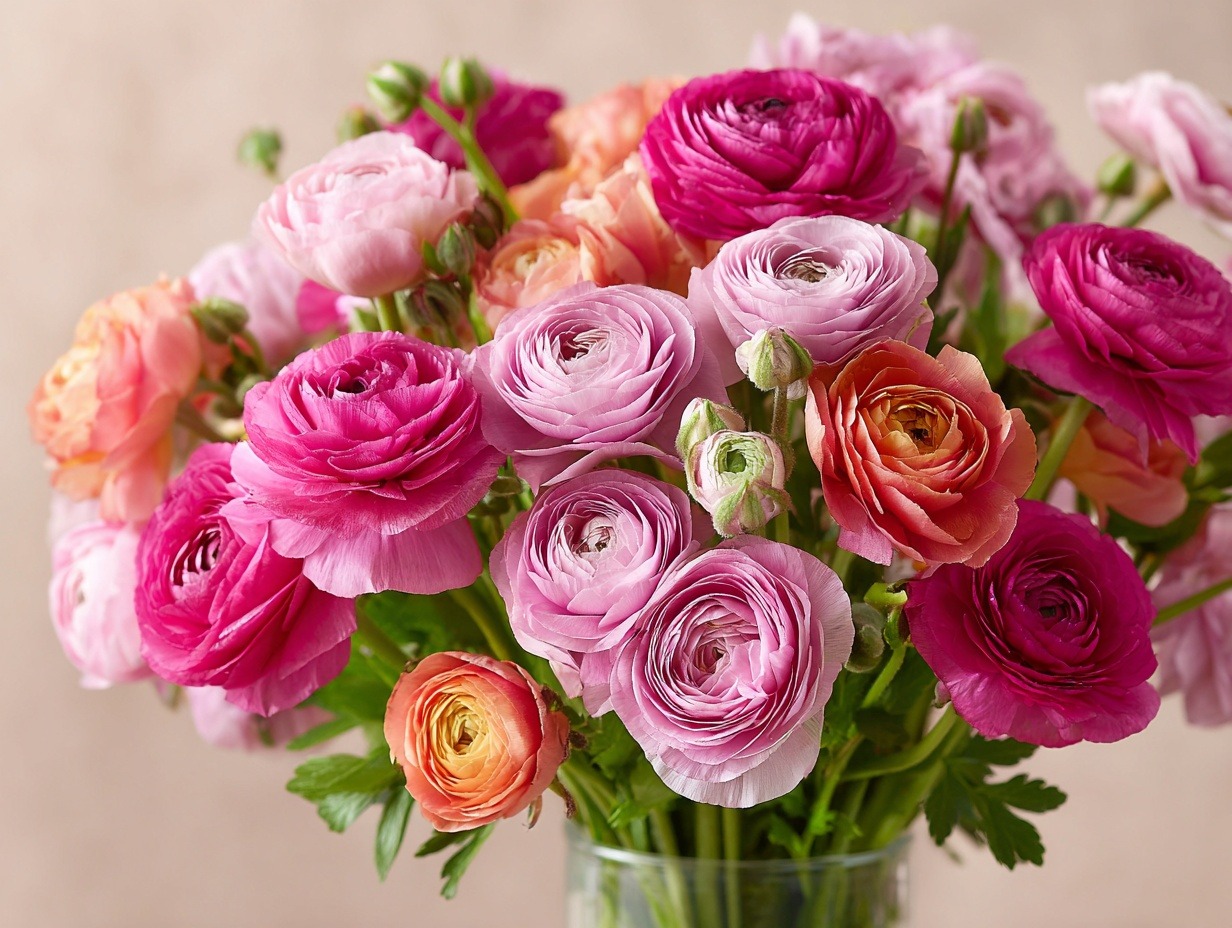Ranunculus, often celebrated in the world of floristry, is distinguished by its unique characteristics that enhance floral arrangements. This captivating flower showcases an array of vibrant colors ranging from soft pastels to bold hues, making it a versatile option for various styles and themes. The exquisite texture of the ranunculus petals, which can appear silky and lush, adds depth and visual interest to flower compositions. Blooms typically form in a densely layered arrangement, creating a full appearance that is both eye-catching and elegant.
Two notable varieties of ranunculus are the Buttercup and Persian ranunculus. The Buttercup, known for its cup-shaped blooms and vibrant yellow color, embodies a classic look reminiscent of springtime landscapes. Persian ranunculus, on the other hand, is celebrated for its large, ruffled blooms and expansive color palette, including shades of pink, orange, and white. This variety is frequently favored for romantic and whimsical arrangements due to its elaborate petal structure that simulates a peony-like appearance.
Understanding the seasonal availability of ranunculus is crucial for floral designers. Typically, ranunculus blooms flourish during spring, providing a fresh and lively aesthetic for seasonal events such as weddings and parties. Their growth preferences include well-drained soil and moderate sunlight, which allows them to thrive and produce the stunning blooms that characterize this flower. As the growing season varies by region, florists often look out for ranunculus during its peak, ensuring they can incorporate its allure into their arrangements.
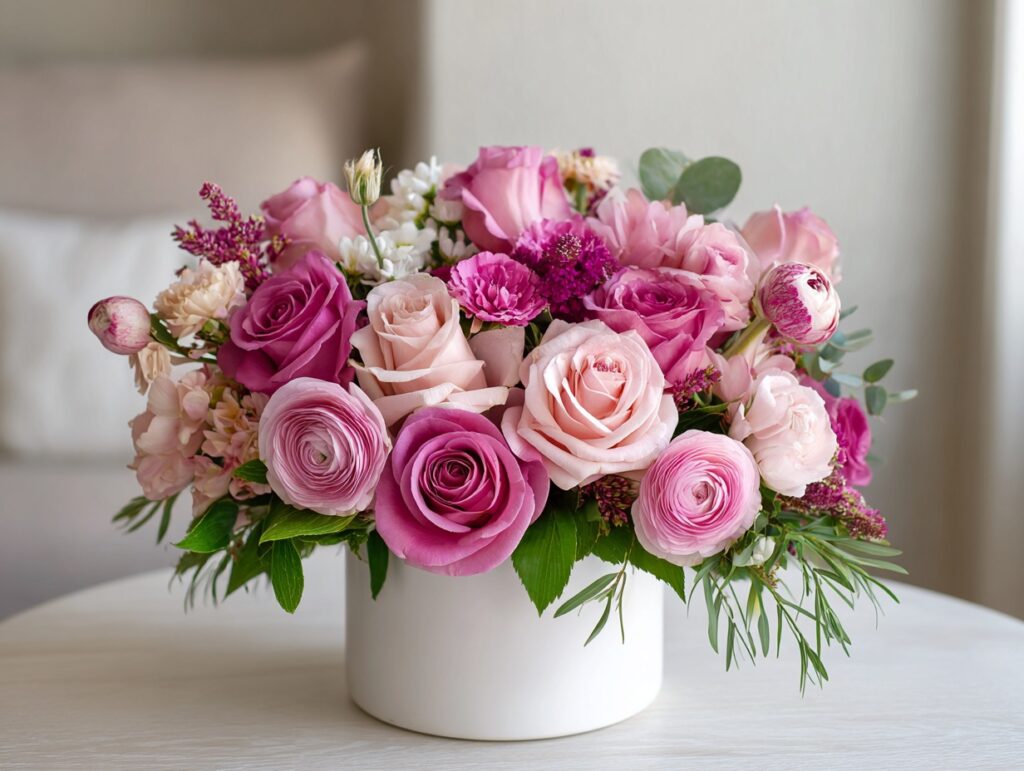
Given these characteristics, it is evident why ranunculus has gained popularity among florists and decorators alike, serving as a favored choice for creating striking floral displays.
Incorporating Ranunculus into Floral Designs
Integrating ranunculus into floral arrangements can elevate the aesthetic appeal of various designs due to their striking colors and unique petal structure. When creating bouquets, consider using ranunculus as a focal flower. Their round heads and voluminous petals make them eye-catching, providing a lush centerpiece. Pairing ranunculus with flowers such as peonies, garden roses, or anemones can create a harmonious blend. The soft hues of ranunculus complement the more intense colors of these companion blooms, resulting in an elegant composition.
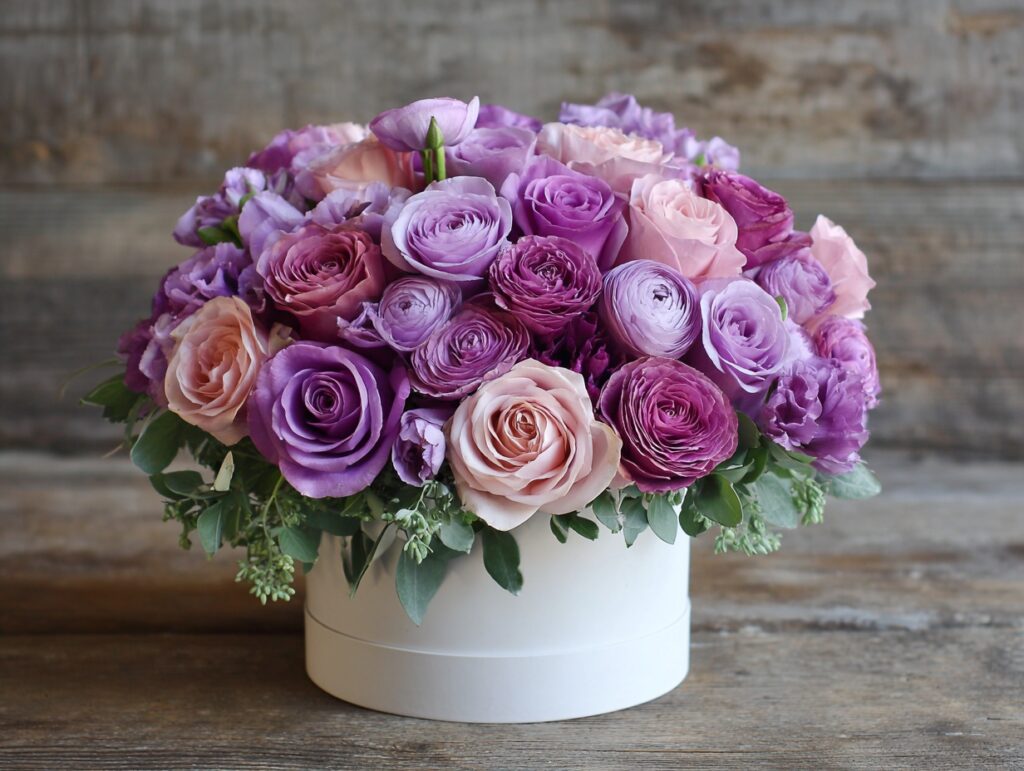
For centerpieces, a mix of ranunculus in varying shades can add depth to the arrangement. Utilizing different heights and textures, such as incorporating eucalyptus or ferns, can enhance the visual interest of the centerpiece. Ensure that the ranunculus stems are cut at an angle to maximize water uptake, enabling them to maintain their vitality throughout the event. This technique is vital for both novice and experienced florists who wish to prolong the beauty of their arrangements.
Creating wreaths with ranunculus can also be a delightful option. Wreaths evoke a sense of celebration and are versatile for occasions ranging from weddings to seasonal decor. When designing a wreath, combine ranunculus with seasonal greenery, such as rosemary or ivy, to establish a beautiful juxtaposition between the delicate flowers and robust foliage. This layering technique not only emphasizes the ranunculus but also provides a contrast that enhances the overall arrangement.
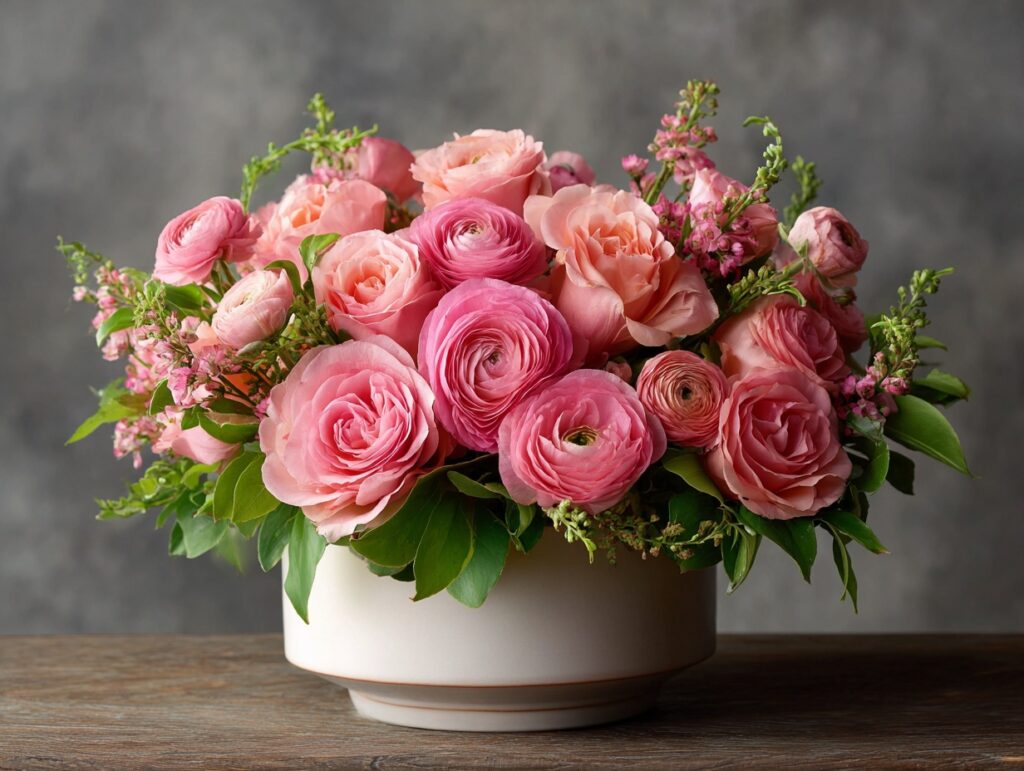
To effectively showcase the intricate beauty of ranunculus, consider arranging them in clusters with slight variations in height. This technique draws attention to their textured petals and vibrant colors while maintaining harmony within the overall design. By following these tips, florists can confidently incorporate ranunculus into their floral designs, bringing elegance and charm to any arrangement.
Caring for Ranunculus: Keeping Your Arrangements Fresh
Ranunculus, with their lush, layered petals and vibrant colors, make for stunning additions to any floral arrangement. To ensure that these delicate blooms maintain their beauty, it is essential to understand the proper care techniques once they have been cut and assembled. The first aspect to consider is water conditions. Ranunculus thrive in fresh water, so it is crucial to fill a clean vase with a mixture of lukewarm water and floral preservative. This combination helps to eliminate bacteria and keeps the flowers hydrated, enhancing their overall longevity. It is recommended to change the water every two to three days to prevent stagnation and to provide the flowers with optimal nutrients.
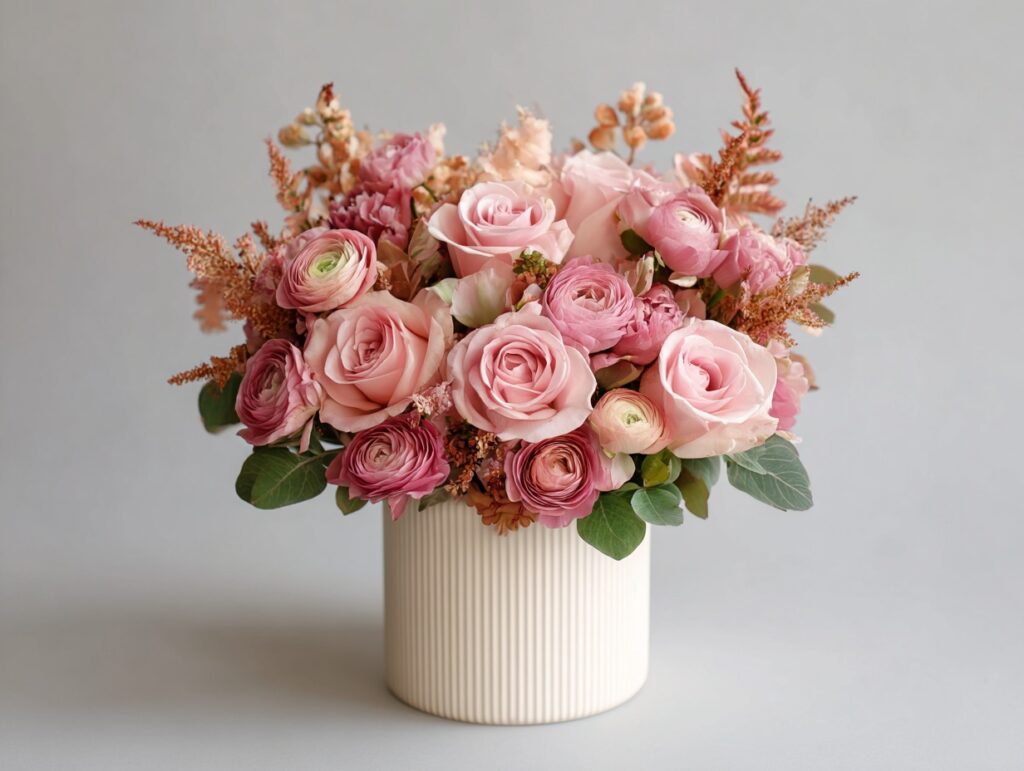
Maintaining the right temperature is another vital factor in prolonging the freshness of ranunculus. These flowers prefer cool settings, ideally ranging from 60 to 70 degrees Fahrenheit. Keeping the arrangement away from direct sunlight, drafts, and heat sources will help preserve their natural beauty. This can be particularly important during events or gatherings where temperatures fluctuate significantly.
Additionally, there are several simple yet effective tips for extending the life of cut ranunculus. First, gently remove any leaves that may fall below the waterline in the vase, as submerged foliage can lead to bacterial growth. Trimming the stems at a 45-degree angle will enhance water absorption and prevent air bubbles from forming. If there are any wilting flowers, promptly remove them to maintain the overall aesthetic and health of the arrangement.
For those with leftover arrangements after an event, proper post-event care is essential. Consider repurposing the blooms in smaller vases or gifting them to friends and family. This not only prolongs their enjoyment but also reduces waste, ensuring that your beautiful ranunculus can bring joy for days to come.
Seasonal Events and Celebrations Featuring Ranunculus
Ranunculus flowers, known for their vibrant colors and lush, layered petals, are versatile additions to numerous seasonal events and celebrations. One of the most prominent occasions that beautifully showcases ranunculus is weddings. Their abundant blooms can add depth and elegance to bridal bouquets, centerpieces, and floral arches. The flower’s symbolic meanings of charm and radiance further enhance its appeal in matrimonial settings. The use of ranunculus in wedding floral décor not only offers a splendid visual impact but also exudes a sense of romance that couples cherish.
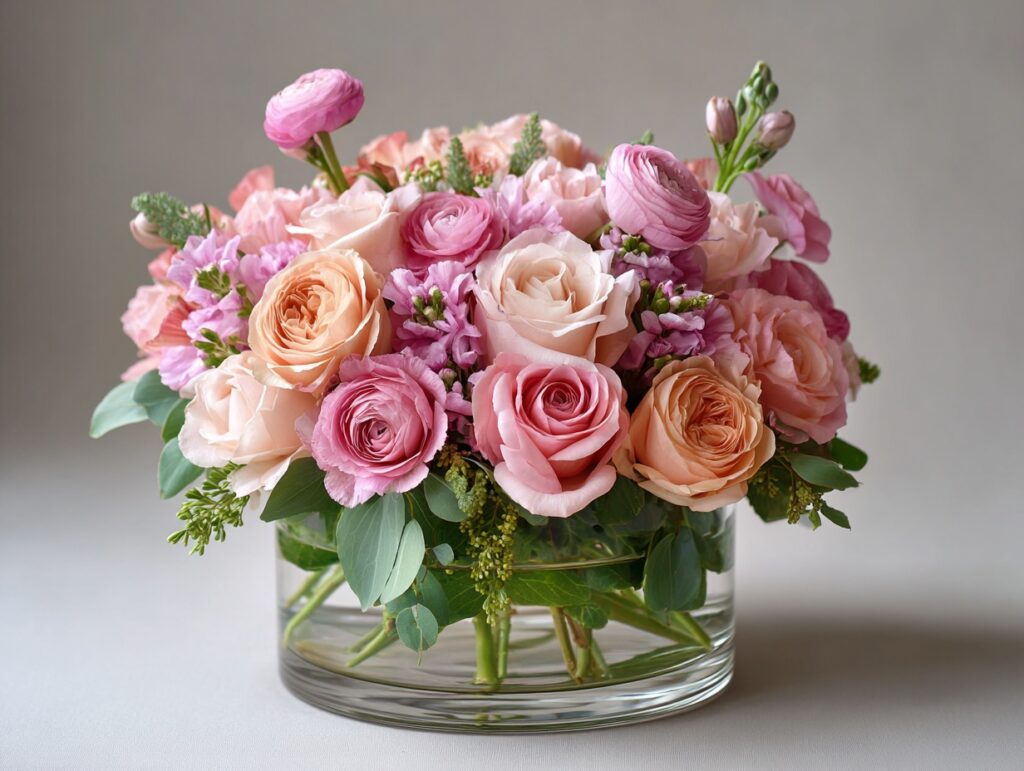
Spring celebrations, including Easter and May Day festivities, also benefit from the use of ranunculus. As one of the harbingers of spring, these flowers can be integrated into bouquets, garlands, and decorative arrangements, symbolizing new beginnings and rebirth. Their rich array of colors allows for creative interpretations that align with the cheerful spirit of the season. Whether paired with daffodils or tulips, ranunculus can elevate the overall theme of any spring gathering.
Cultural significance also plays a role in the use of ranunculus during various festivals and events worldwide. For instance, in some cultures, ranunculus signifies prosperity and abundance, making it a popular choice for celebratory events such as birthdays and anniversaries. Incorporating ranunculus into arrangements not only beautifies the décor but also adds layers of meaning that resonate with guests. Whether for a grand arrangement at a gala or simple table decor at a family gathering, ranunculus offers a unique way to convey feelings of love and festivity.
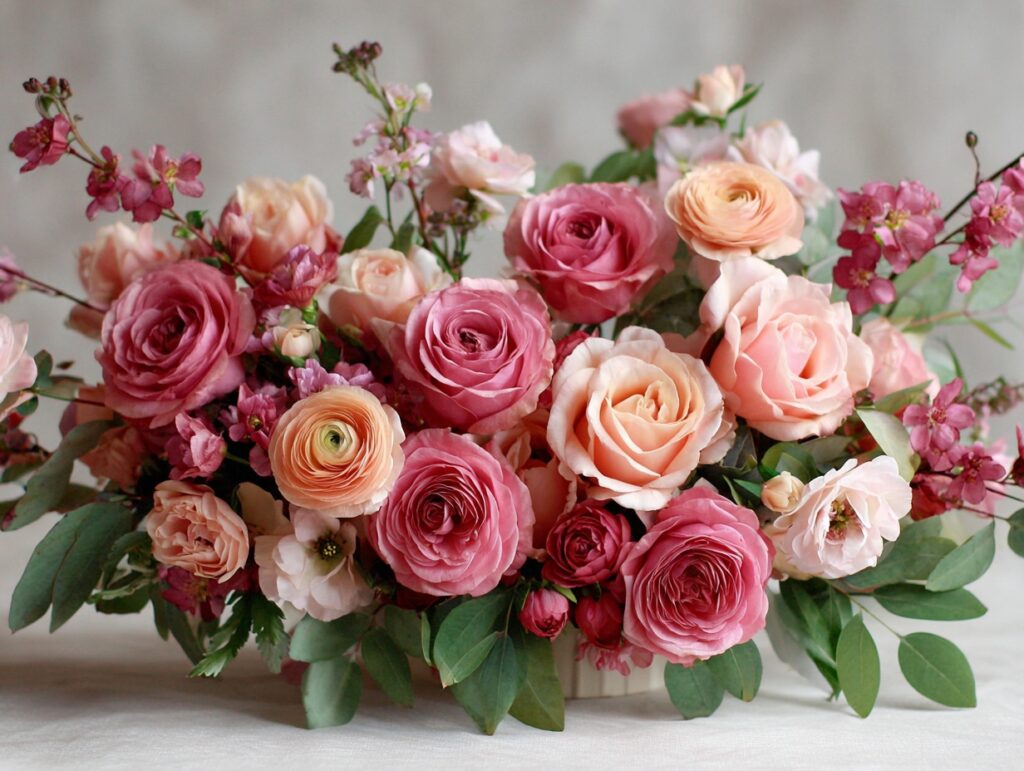
Incorporating ranunculus into floral arrangements for seasonal events and celebrations enriches the experience and brings splendor to any occasion. Its charm and versatility make it a favored choice for floral designers aiming to create memorable displays that resonate with the theme of the event.

